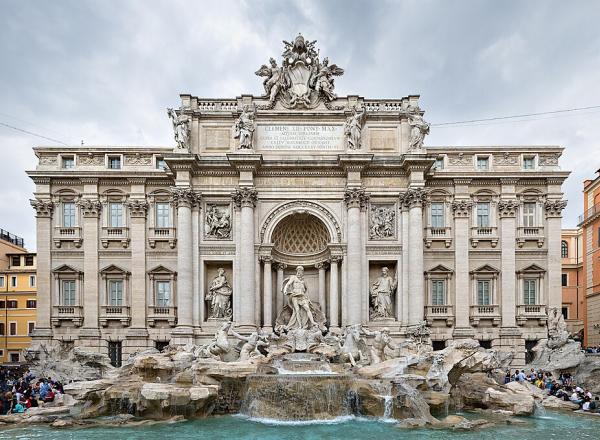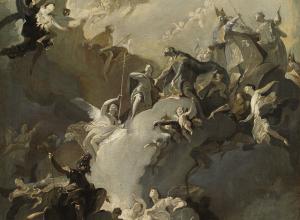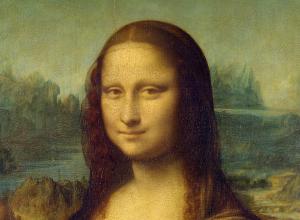Sure, 2024's Inside Out 2 is the highest grossing animated film of all time ($1.7 billion worldwide), but the one to beat at this year's Oscars cost a fraction of that Pixar-produced behemoth. Flow, directed by Gints Zilbalodis at only $3.7 million, took animation’s top prize at the Golden Globes earlier this month after wowing audiences at Cannes last spring where it nabbed the Un Certain Regard award.
Art News
Sotheby's listing of a small and historic island off the coast of central Naples has received quite a bit of backlash from locals this week. The islet, Punta Pennata, is located in the crystalline waters of Bacoli, a fishing town within the Campanian volcanic arc.
Looking at art, one cannot ignore how important architecture is to the experience. Recently, the Brooklyn-based architecture firm, Peterson Rich Office, designed a new building centrally located on campus at the prestigious Wesleyan University in Middletown, Connecticut called the Pruzan Art Center.
Rome’s Trevi Fountain is the city’s largest Baroque fountain and a symbol of the revival of Ancient Roman technology and aesthetics. Connected to the city’s awe-inspiring ancient waterways, the fountain is an architectural wonder.
This slideshow is dedicated to black, contemporary artists that we believe our readers should know more about. The artworks highlighted here span drawing, painting, quilting, and sculptural practice.
A search for Cleopatra’s tomb, led by the Dominican defense lawyer turned archaeologist, Kathleen Martinez, continues to give the public glimpses into what life in the Ptolemaic included. Nonetheless, the Egyptian Queen’s remains still have yet to be found.
There have always been two faces to New York City– the hard driving world of high finance and the aesthetic realm of art and culture. No two hotels illustrate this dichotomy better than Midtown’s Prince Kitano and Soho’s The Arlo. One sits at the crossroads of where America does business, the other at the city’s nexus of creativity.
Problems of gender inequity have plagued academia since its inception with women being discouraged or outright barred from learning and practicing different sciences and art forms.
As we welcome the year of 2025, Louis Vuitton welcomes back their emblematic collaboration with Japanese Pop artist, Takashi Murakami. The new line of handbags, wallets, footwear, and other accessories was lauded as of January 1st with Zendaya as the face of the campaign.
As we welcome the beginning of a new year, we take a moment to reflect on all that 2024 had to offer in the world of art, from archaeological uncoverings to spectacular gallery shows to record breaking auctions. 2024 was a year full of exciting art and visual culture. Join us in reviewing our favorite stories from 2024.

































